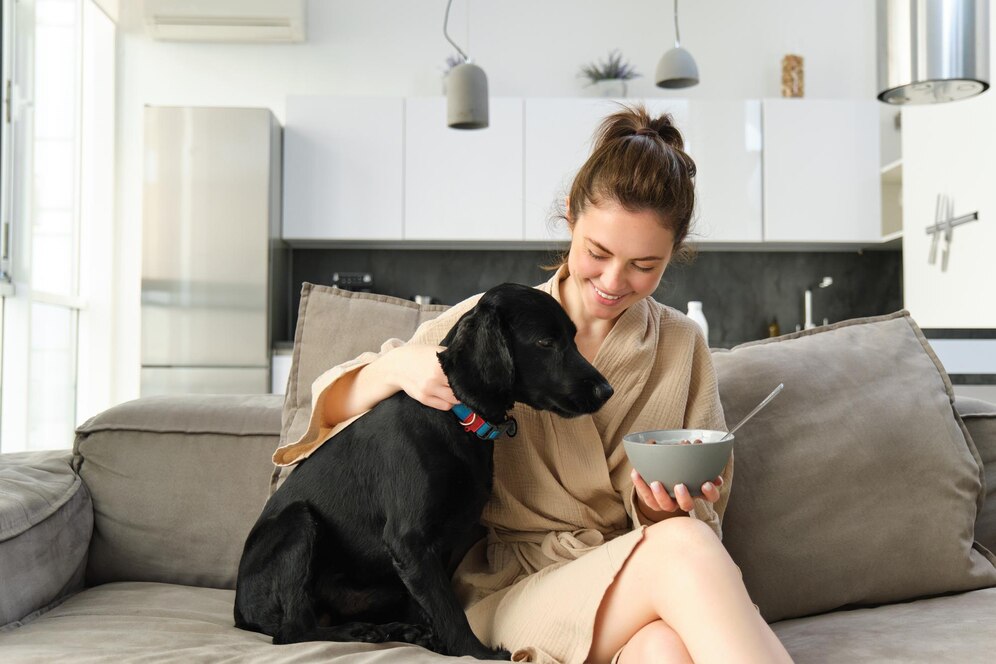
Understanding Pet Insurance Deductibles and Copays
You’ve found the perfect — or so you think. The premium fits your budget, the coverage looks generous, and your beloved Labrador, Milo, is finally insured. But then the unexpected happens: he swallows a sock (yes, again), and you’re hit with a £1,200 vet bill. You go to file a claim, only to discover you’ll be paying a lot more out-of-pocket than expected.
Sound familiar?
Two terms often buried in the small print — deductibles and copays — play a huge role in how much financial help you actually get from your policy. And yet, many pet owners overlook them when choosing insurance.
This guide will help you understand how pet insurance deductibles, copays, and other out-of-pocket costs work. With clear explanations, relatable examples, and practical tips, you’ll leave feeling empowered to choose the right plan for your pet and your wallet.
Let’s break it all down.
Why Deductibles and Copays Matter

Before you can claim a single penny from your insurer, you’ll usually have to cover some of the costs yourself, and that’s where deductibles and copays come in. These two elements determine:
- How much money comes out of your pocket
- How affordable your policy is in the long run
- Whether that “cheap” plan is truly a good value
Understanding these terms upfront could save you hundreds (or even thousands) over the life of your pet.
What Is a Pet Insurance Deductible?
The Basics
A deductible (sometimes called an “excess” in the UK) is the amount you agree to pay before your insurance kicks in. It’s your initial contribution towards a claim .
For example, if your deductible is £100 and your vet bill is £800, the insurer will pay £700 after you’ve covered the first £100.
Types of Deductibles
There are two main types of deductibles used in pet insurance:
1. Annual Deductible
You pay it once per policy year, no matter how many claims you make.
Example:
- Annual deductible: £120
- First claim: Vet bill is £800
- You pay £120 once
- For any other claims that year, no additional deductible applies
2. Per-Condition Deductible
You pay the deductible for each condition, regardless of how many times you claim.
Example:
- Vet visits for arthritis: £500
- Deductible: £100 (you pay this first)
- Later that year, your dog develops an ear infection and you pay another £100 deductible for the new condition
Note: Some insurers offer a per-condition-per-year format, where you pay one deductible per condition each year.
How Deductible Amounts Impact Premiums
Generally:
- Higher deductibles = lower monthly premiums
- Lower deductibles = higher monthly premiums
It’s a balancing act. If you have a young, healthy pet, you might be okay with a higher deductible to save monthly. But if your pet is older or has recurring issues, a lower deductible could reduce your long-term costs.
What Is a Pet Insurance Copay?
Sharing the Cost
A copay (or co-insurance) is the percentage of the vet bill you’re responsible for after the deductible is met.
If your policy covers 80% of vet fees, your copay is 20%. Easy, right?
Let’s break that down:
- Vet bill: £1,000
- Deductible: £100
- Remaining: £900
- Insurance covers 80% = £720
- Your copay: £180
- Your total out-of-pocket: £100 (deductible) + £180 (copay) = £280
When Copays Typically Apply
Copays are often introduced when:
- Your pet is over a certain age (usually 8+)
- You’re on a lower-tier policy
- You choose it to reduce your monthly premium
In many UK policies, copays start automatically when your dog or cat becomes a senior, even if you’ve been insured with the same provider for years.
Deductibles vs. Copays: What’s the Difference?
It’s easy to confuse the two. Here’s a quick breakdown:
| Feature | Deductible | Copay |
| What it is | Fixed amount you pay first | % you pay after deductible |
| When it applies | Once per year or per condition | On every claim (after excess) |
| Affects premiums | Yes — higher deductible = lower premiums | Yes — higher copay = lower premiums |
| Fixed or flexible | Usually fixed (£75–£250) | Usually 10–30% |
Real-World Scenario: Lucy and Her Cat, Luna
Lucy has a comprehensive policy for her 7-year-old Ragdoll, Luna. Here’s how her recent claim broke down:
- Vet bill for kidney infection: £1,500
- Annual deductible: £100
- Copay (10%): Applies after deductible
Breakdown:
- £1,500 – £100 (deductible) = £1,400
- 10% of £1,400 = £140 (copay)
- Insurance covers £1,260
- Lucy pays £240 total (£100 + £140)
This real-life example shows how deductibles and copays combine to affect your final bill, even on a comprehensive plan.
Other Out-of-Pocket Costs to Watch For
Besides deductibles and copays, here are a few more things that can impact what you pay:
1. Treatment Caps or Limits

- Annual limits (e.g. £6,000/year)
- Condition limits (e.g. £2,000 per issue)
- Lifetime limits (less common in lifetime plans)
If your treatment exceeds these limits, you’re responsible for the difference.
2. Excluded Treatments
Even with great coverage, most policies exclude:
- Routine care (vaccines, worming, flea treatment)
- Pre-existing conditions
- Cosmetic or elective procedures
- Dental care (unless illness-related and specified)
3. Policy Add-Ons
Optional extras like dental, travel cover, or behavioural therapy may cost more and have their own copays or deductibles.
How to Choose the Right Deductible and Copay for You
There’s no one-size-fits-all. But here’s how to tailor your choice:
Consider Your Pet’s:
- Age — Older pets may benefit from lower deductibles
- Breed — Higher-risk breeds may lead to frequent claims
- Lifestyle — Adventurous pets are more likely to need emergency care
Consider Your Finances:
- Can you comfortably pay a high deductible in an emergency?
- Would a slightly higher premium give you more peace of mind?
Pro tip:
Ask insurers to show you different quote breakdowns with varying deductible/copay combinations. Many will happily do this — and it’s eye-opening.
How to Read Deductibles and Copays in a Policy
Always check the policy schedule and key facts summary. Look for:
- “Excess” (UK term for deductible)
- “Policyholder contribution” or “co-payment”
- Age-triggered terms (e.g. “Once your pet turns 8…”)
- Per-condition vs annual formats
If anything’s unclear, ask before you sign. Insurers are legally obligated to explain these terms transparently.
Tips for Reducing Your Out-of-Pocket Costs
- Insure early: Younger pets are cheaper and less likely to have exclusions
- Maintain preventive care: Many claims are for preventable issues
- Stick with one provider: Switching may trigger exclusions for conditions already diagnosed
- Set up a vet emergency fund: Especially useful for high-deductible plans
- Bundle policies: Some insurers offer multi-pet or wellness plan bundles
Final Thoughts: Take Control of Your Pet’s Health — and Your Wallet

Deductibles and copays aren’t the most exciting part of pet ownership , but understanding them can save you from major financial stress when your pet needs help most.
Let’s recap:
- Pet insurance deductibles are your upfront cost before claims are paid
- Pet insurance copays are your shared contribution on every claim after the deductible
- These costs affect both your monthly premiums and your claim payouts
- Choosing the right balance means matching your pet’s health risks to your budget and comfort level
You’re not just buying insurance — you’re buying peace of mind. And now, you’ve got the knowledge to make that decision wisely.


